India is a land of plenty in terms of natural resources. It is dotted with thousands of lakes that serve many purposes, from being sources of water for irrigation to serving as important bird habitats to offering recreational activities to locals and tourists. The lakes of India are, no doubt, vital to the functioning of the country's economy and ecosystems. But which ten of these lakes are the largest? Here is the list based on data compiled by Statista.
1. Vembanad Lake, Kerala - 2,033 sq. km
India's largest lake, the Vembanad Lake, is also known for its scenic beauty. It is also India's longest lake, stretching an incredible length of 96.5 km (60.0 mi). Spread across three Kerala districts of Ernakulam, Kottayam, and Alappuzha, this lake invites visitors from all over to explore its mesmerizing canals, islands, lagoons, and shores. Here, you can enjoy glimpses of both the local culture, including the daily lives of fishing communities and celebrations like the Nehru Trophy Boat Race, as well as absorb the natural beauty and birdwatch at the Kumarakom Bird Sanctuary.
2. Chilika Lake, Odisha - 1,165 sq. km
The world's second-largest coastal lagoon and Asia's largest, the Chilika Lake, is a natural wonder that makes India proud. Around 44 km from the popular beach town of Puri, Odisha, this lake spans parts of three of Odisha's districts - Puri, Ganjam, and Khordha. It is located at the Daya River's mouth as it flows into the Bay of Bengal. This massive lake is not only a hotspot for fishing but also one of India's best birdwatching destinations, especially in winter for migratory birds. Hence, not surprisingly, the Chilika Lake is part of the tentative list of UNESCO World Heritage Sites and India's first RAMSAR wetland of international importance.
3. Shivsagar Reservoir, Maharashtra - 891.7 sq. km
Known for its picturesque settings, the Shivsagar Lake of Satara District, Maharashtra, is a reservoir of the Koyna Dam. The nearby town of Tapola serves as the base for visitors to this lake and the surrounding forests. People can enjoy swimming, kayaking, and water scooter rides on the lake and also trek through the jungles in the area, exploring its rich wildlife and historical ruins like the Vasota Fort. The beauty of the region has earned it the nickname of "mini Kashmir."
4. Pangong Pso, Ladakh - 700 sq. km
This ethereal lake is located high above in the mountainous region of Ladakh at an elevation of 4,225 m (13,862 ft). An endorheic saline lake, the Pangon Pso also extends into Tibet and forms part of the Indo-China borderline. It freezes completely in winter, but in summer, it comes alive with beautiful migratory birds and excited tourists. In recent times, however, the heavy inflow of tourists to this lake has been a cause of concern, threatening the lake's pristine environment.
5. Indira Sagar Reservoir, Madhya Pradesh - 627 sq. km
Located in the Khandwa District of Madhya Pradesh, India's fifth-largest lake is actually a reservoir of the Indira Sagar Dam built on the Narmada River. In terms of the volume of water stored, it is India's largest dammed lake. Today, the dam and the lake serve several purposes: hydroelectricity generation, providing water for farmland irrigation, as a source of fishing, and, of course, as a recreational venue.
6. Pulicat Lake, Andhra Pradesh/Tamil Nadu - 450 sq. km
Spanning the border between Andhra Pradesh and Tamil Nadu, with the major part lying in the former state, Pulicat Lake is India's second largest brackish water lagoon after Chilika Lake. The barrier island of Sriharikota separates the lake from the Bay of Bengal. Like Chilika, Pulicat is also a bird lover's paradise, attracting thousands of birds ranging from flamingos to pelicans and storks, arriving at this lake to feed on its rich aquatic life. The nearby Pulicat Bird Sanctuary is a must-visit. The shores of the lake are also dotted with Dutch colonial-era buildings, which are great for history lovers.
7. Sardar Sarovar Reservoir, Gujarat - 375 sq. km
This vast lake is a reservoir of the Sardar Sarovar Dam built on the Narmada River in the Narmada District of Gujarat. The dam was constructed to supply electricity and water to the four states of Gujarat, Maharashtra, Rajasthan, and Madhya Pradesh. Visitors to the dam can enjoy the scenic views it offers and also take a trip to the nearby Statue of Unity, the world's tallest statue.
8. Loktak Lake, Manipur - 287 sq. km
Loktak Lake of Manipur is a world apart from all the above. It is unique for its phumdis, round floating islands of vegetation dotting the lake, giving it a very pretty appearance when viewed from an elevation. Some of the lake's floating islands host tiny fishing huts, while a section of the phumdis have collected at the island's southeastern shore to create the 40 sq. km Keibul Lamjao National Park, the world's only floating national park. Visiting and staying by the lake is definitely worthwhile for any visitor to this offbeat Indian destination.
9. Nagarjuna Sagar, Telangana/Andhra Pradesh - 285 sq. km
Straddling the Andhra Pradesh-Telangana border, the Nagarjuna Sagar Dam over the Krishna River is a mighty hydroelectric power project that was completed in 1967. It created India's ninth-largest lake, the Nagarjuna Sagar Reservoir, which provides irrigation water to surrounding regions, fishing opportunities, and recreational facilities to both locals and visitors. Boating facilities are available at the lake, while the surrounding area has many scattered attractions, including spectacular waterfalls, biodiverse wildlife reserves, and historical buildings.
10. Wular, Jammu And Kashmir - 259 sq. km
Wular or Wolar Lake, in Jammu and Kashmir's Bandipora District, is extremely pretty, given that it is a part of "heaven on Earth." The lake is home to many fish species and also attracts several species of birds, giving it the label of a Ramsar wetland of international importance. The size of this lake, however, varies greatly with seasons, and sadly, the lake is also under significant threat from pollution, weed infestation, waterfowl hunting, etc. Recreational facilities like boating, water sports like water skiing, and birdwatching are offered to visitors to this beautiful lake.
The above ten lakes are India's natural treasures whose waters not only support and nurture millions of human lives and wildlife but also entire ecosystems and influence local climate and global hydrological cycles as well. Thus, their good health must be maintained at all costs for a better and safer future.

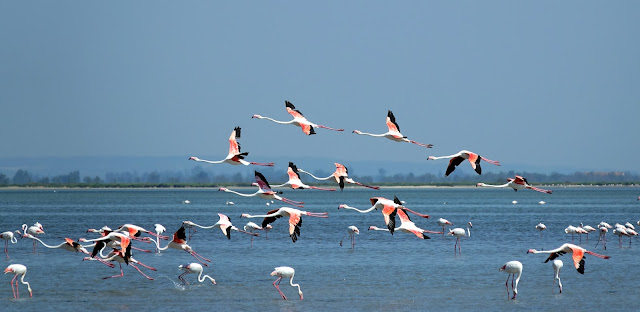
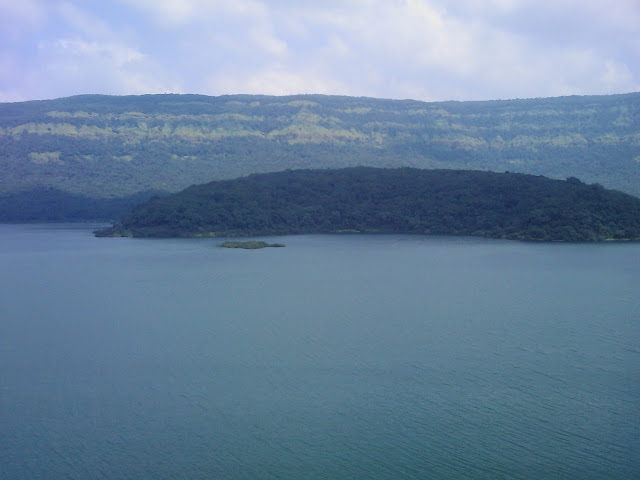

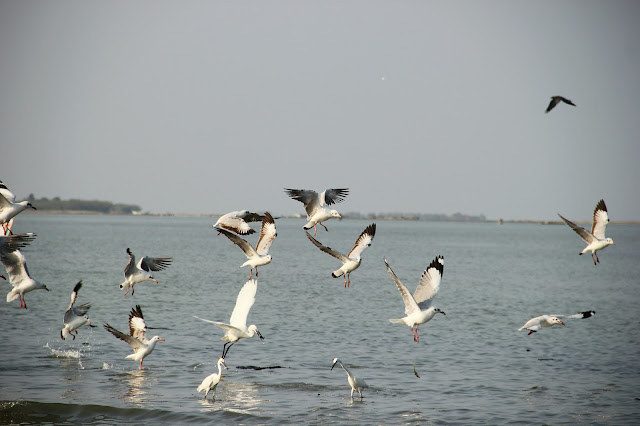
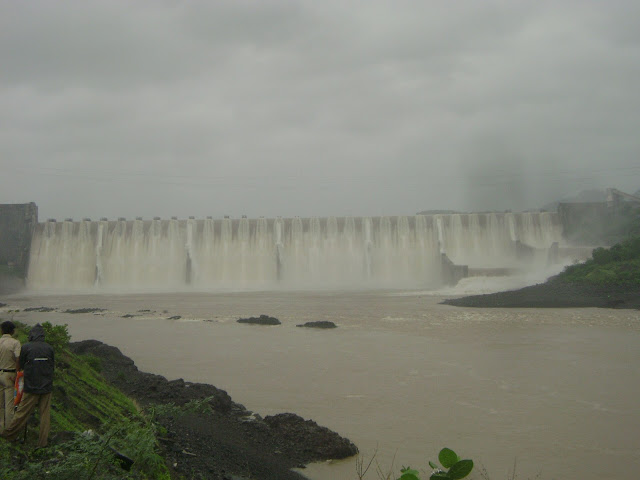
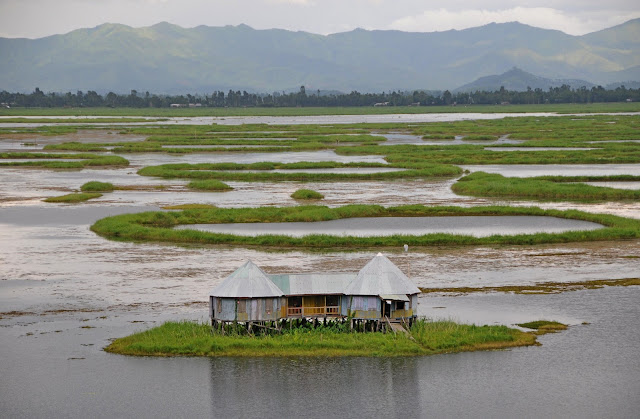
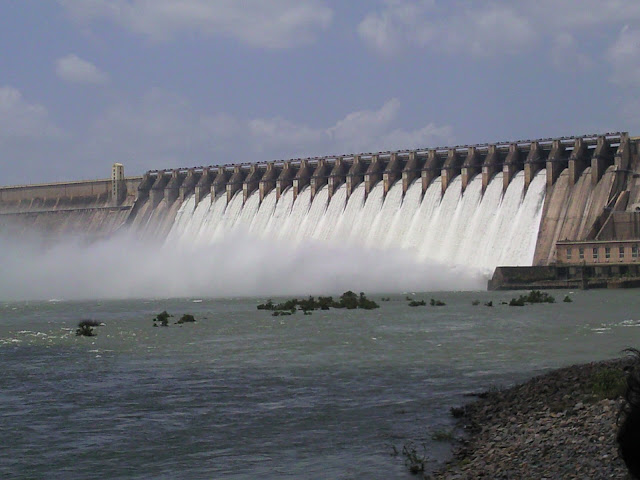

No comments:
Post a Comment